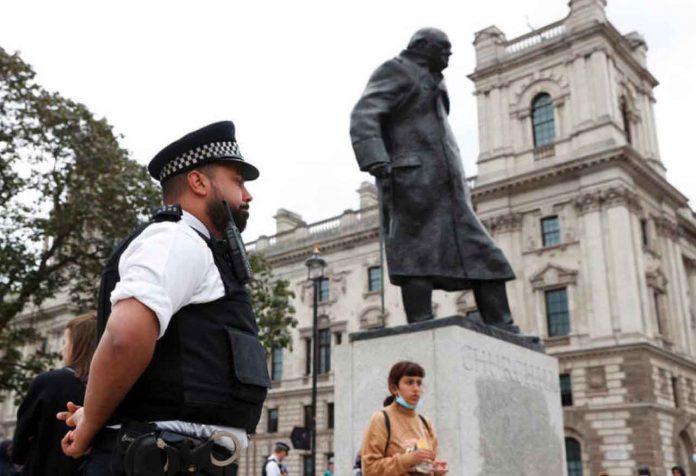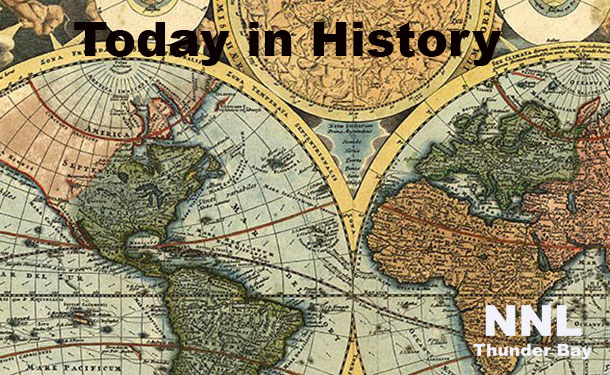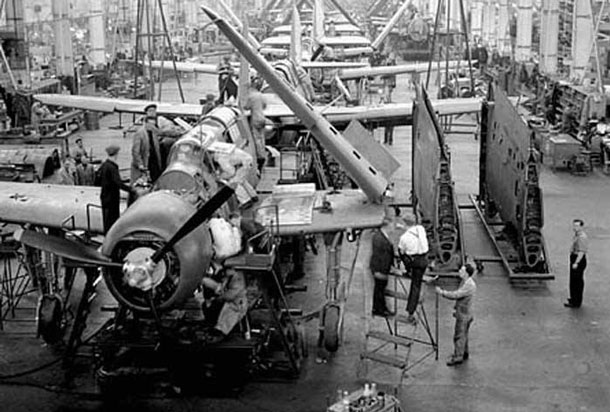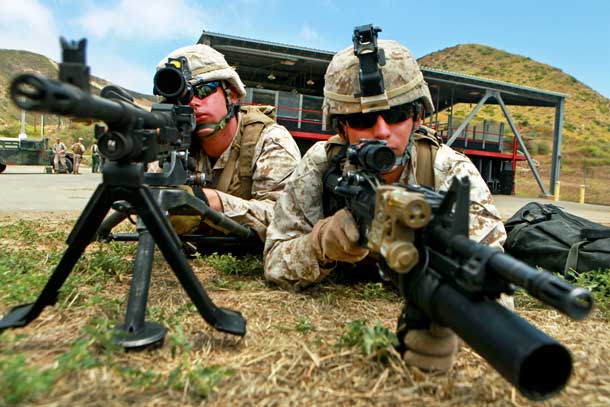
The toppling of the statue of Edward Colston has fuelled a global debate of whether to remove or keep monuments to slave traders
By Sonia Elks
LONDON – (Thomson Reuters Foundation) – Anti-racism protesters who tore down a statue honouring a slave trader in a British port city have fuelled a hot global debate over how to deal with monuments to historic figures who profited from enslaving African people.
The toppling of the statue of Edward Colston, who made a fortune in the 17th century from trading in West African slaves, was condemned as petty vandalism by critics, while others hailed it as affirmative action against racist ideologies.
“It was an absolutely incredible feat that really shows the importance of us knowing our history,” said Aliyah Hasinah, a curator and spokeswoman for protest group Black Lives Matter UK.
“Public art absolutely has an impact on our imagination and what we believe is at the core of our society because it’s what we hail as important,” she told the Thomson Reuters Foundation.
“That’s why so many people politely petitioned to get the Colston statue removed … They weren’t listened to, so the city of Bristol made their voices heard in another way.”
Colston’s statue was pulled down by protesters joining a wave of worldwide demonstrations against racial inequality triggered by the death of unarmed black man George Floyd at the hands of U.S. police.
But the debate over building and monuments named after people involved in the trans-Atlantic slave trade has been brewing for some years fuelled by the world’s recently adopted drive to end modern slavery.
Campaigners had previously called for the statue – still bearing a plaque describing Colston as “virtuous and wise” – to be removed, but had failed to persuade the authorities.
Debates over how to handle monuments and artifacts commemorating historic figures whose actions and beliefs are widely condemned today are also raging in other nations.
In the United States, Virginia Governor Ralph Northam announced plans last week to remove a statue of Confederate General Robert E. Lee in the state’s capital city of Richmond.
In Belgium, an online petition calling for the removal of statues of colonial-era King Leopold II has garnered more than 30,000 signatures. His troops decimated Congo in the late 1800s.
Britain’s interior minister Priti Patel condemned the toppling of the Colston statue as an “utterly disgraceful” act while prominent black British campaigner Nimco Ali said removing the statue was “not OK” and failed to tackle racism.
“Many of you who are super vocal about the Colston statue have been silent about the real & current inequities in Bristol. So this morning I am waiting for you to clean up and also campaign for real change,” she wrote on Twitter.
But others hailed the removal as affirmative action against racial inequality and Britain’s imperial legacies – although some added they would have preferred to see it done legally.
“It is important people see the reality of the growth of the British Empire and imperialism,” said Richard Benjamin, head of the International Slavery Museum in Liverpool, northern England.
“The representation of Edward Colston was highly contentious and offensive to many, and in bringing him down, it is important to note we are not erasing history, but instead making history.”
(Reporting by Sonia Elks @soniaelks; Editing by Belinda Goldsmith Credit the Thomson Reuters Foundation)






